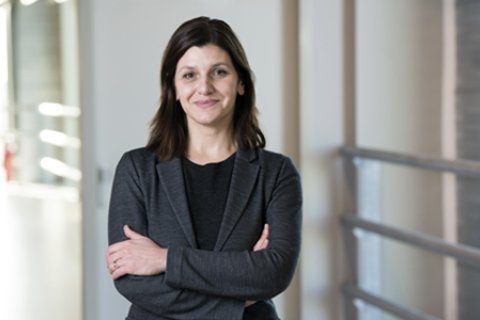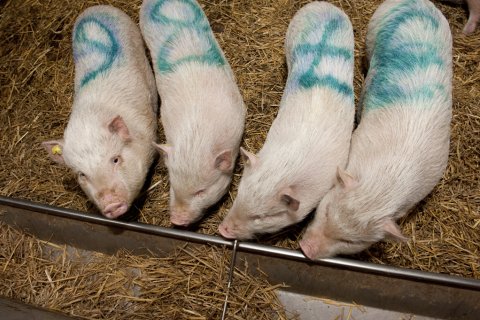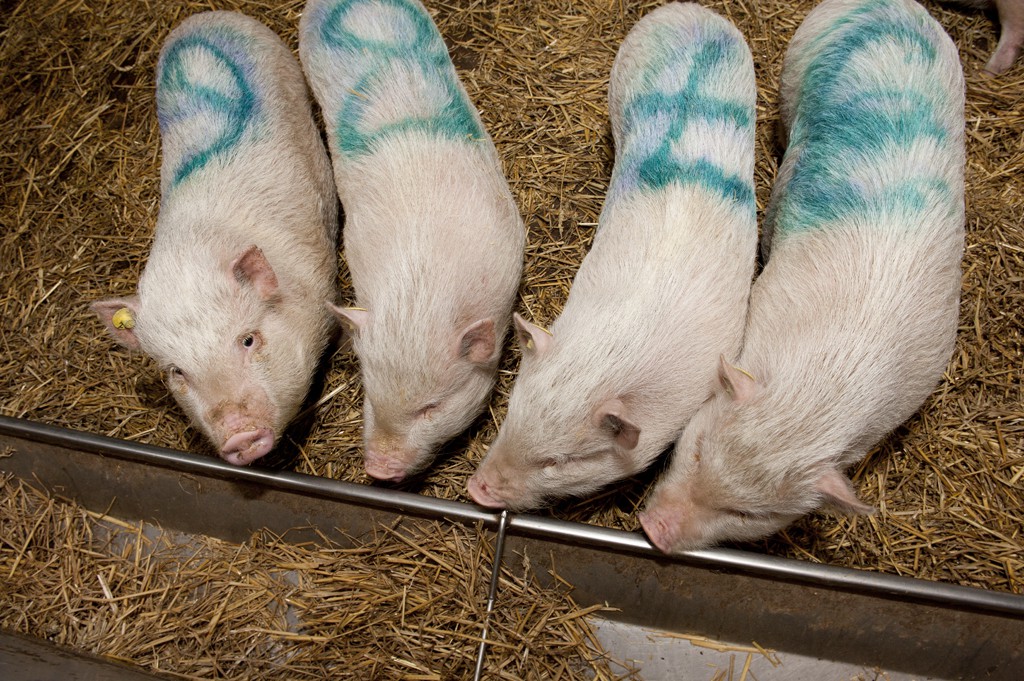Talking about animal experiments
4 years agoUtrecht University and the UMC Utrecht will be discussing animal experiments with the public. This conversation will take the form of two debates held this spring, one aimed at young adults, in collaboration with Pint of Science, and one aimed at professionals. Both activities are open to anyone interested in this subject.
These debates are part of the trend towards increasing openness and transparency about animal experiments. And they require some nuance, as Wim de Leeuw, head of the joint Animal Welfare Body Utrecht, explains: “The discussions around animal experiments are in danger of becoming polarised. People express their opposition to any use of animals at all, or they stress that animal experiments will always be essential for science.
As far as we’re concerned, the truth is somewhere in the middle. If we were to abolish all animal experiments today, we’d have to halt important medical research on a lot of serious diseases. On the other hand, we have a moral obligation to do our utmost to prevent the animals from suffering and to work hard to find animal-free innovations, so that we’ll need to do fewer and fewer animal experiments. And there are also scientific reasons to develop animal-free methods wherever we can.”

Wim de Leeuw, head of Animal Welfare Body Utrecht
Replacement, reduction, refinement
Utrecht University and the UMC Utrecht conduct animal experiments in several forms of research, as well as for education for medical specialists and for students in veterinary medicine and biology. They apply the three Rs: replacement of animal experiments with animal-free methods wherever possible, reduction of the number of animals needed, and refinement by ensuring the best possible welfare for the animals.
Watch the video: Animal experiments and 3Rs in Utrecht
The University’s 3Rs-Centre plays an important part in this by giving advice and stimulating this kind of mentality. And accordingly, some huge strides have been made. De Leeuw: “We do a lot for the animals’ welfare. For example, we use anaesthesia during surgery, and give them painkillers afterwards, just as we would with human patients. In addition the animal-free innovations are really taking off, like organs-on-a-chip, organoids, computer models and better use of existing data.”
Creative solutions
A great deal of progress has been made in training doctors and veterinary medicine students. Nowadays, they learn suturing with inner tubes, boiled noodles and flower petals. Anatomy and physiology are taught with the help of plastinates and virtual reality. It all reduces the use of lab animals.
Another important step forward is that people can now adopt surplus mice and rats as pets. This means these animals don’t have to be killed, which previously was the normal procedure. Rehoming started out as a pilot in collaboration with several animal-welfare organisations, and it’s now standard policy.
Watch the video: VR in eduation
Transition towards Animal-free Innovations Utrecht
To speed up the quest for animal-free innovations, the UU, UMC Utrecht and the Utrecht University of Applied Sciences founded a working group called Transition towards Animal-Free Innovations, following the lead of the national programme of the same name. The Utrecht working group has a Helpdesk, advises the boards about the possible ways to advance the transition, maintains contacts with other universities about the subject and organises Helpathons: creative, interdisciplinary meetings revolving around one concrete question from one researcher related to this transition.

Daniela Salvatori, chair of Transition towards Animal-Free Innovations Utrecht
The group is also working to educate undergraduate university students, PhD candidates and professionals. They recently developed a course, Better Science with Less Animal Experimentation. Chair of the working group and course coordinator Daniela Salvatori tells more: “We introduce students to different approaches to research and education, even the very newest innovations. It’s important that they get this knowledge at an early stage in their careers. This way we are raising a generation that’s ready for the future.”
Course on better experimental design
In parallel with this development is the increased interest in continuing efforts to improve the quality of the research that does use animals. One of these efforts is the course My Animal Research – Experimental Design. The course is about fine-tuning the design of animal experiments and complying with current guidelines for preparing (PREPARE) and reporting (ARRIVE) them. All this reduces numbers of animals and improves welfare, and it also makes the results more reliable.
Transparency
Transparency is important to Utrecht University and the UMC Utrecht. Since 2010 they have published an online Annual Report on Animal Experiments (before 2010 only in print), and made the website of the Animal Welfare Body Utrecht publicly accessible (since 2015). This website lists all the licences issued for animal experiments (since 2017), including descriptions of the experiments and the ethical considerations as made by the Utrecht Animal Ethics Committee.
Join the conversation!
Tuning in is possible at the following events:

Photo: Thomas Dobber
- Pint of Science Festival: Can medical science do without animal experiments? (in English), Wednesday 19 May, 20:00-21:30, online
- Debate over animal experiments: Betere wetenschap zonder proefdieren, hoe dan? (in Dutch), Tuesday 8 June, 15:30-18:30, in Utrecht and online
- Helpathon (in English), Tuesday 13 July 10:00-17:00, online, info via tpi@uu.nl


